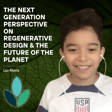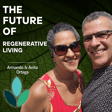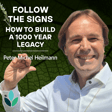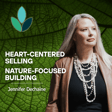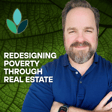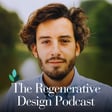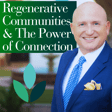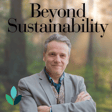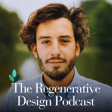
EP29: How Thoughtful Design Shapes Community | Paige Byrd
“Making sure that we’re really blurring the lines between indoor and outdoor spaces, you know, and figuring out how to blur the lines between indoor and outdoor programming so it seems really seamless.”
Creating spaces that truly work means thinking beyond aesthetics. In this episode, we explore how thoughtful design can blend indoor and outdoor environments, support multiple uses, and foster genuine human connection. From health and wellness amenities to vibrant hospitality experiences, it’s about designing places that adapt to the way people actually live, work, and gather—today and in the future.
Paige Byrd shares her approach to creating multifunctional hospitality spaces by collaborating with multidisciplinary teams, integrating nature into built environments, and helping clients phase developments through feasibility studies. She explains how to build “vibes,” not just buildings, and why thoughtful planning leads to more resilient and vibrant communities. Her advice? Listen deeply, adapt smartly, and lead with heart.
Paige Byrd is the Co-President of Thiel & Thiem, a multidisciplinary architecture and interior design firm specializing in hospitality, wellness, and community-centric projects. She’s a passionate leader who blends business savvy with soulful design.
Learn more & connect:
Explore these valuable resources to further your journey in regenerative design:
Discover more about Regenerative design at Paulownia Landscape Architects. https://www.paulownia-la.com/.
Dive into the Twelve Laws of Nature and unlock the secrets of harmonizing with our planet at https://www.12lawsofnature.com/.
Fulfill your garden aspirations with expert guidance from the Garden of Your Dreams masterclass at https://www.gardenofyourdreams.com/.
Ready to take actionable steps towards your dream garden? Book a complimentary 30-minute training session with Matthieu for immediate results: https://calendly.com/garden-of-your-dreams.
